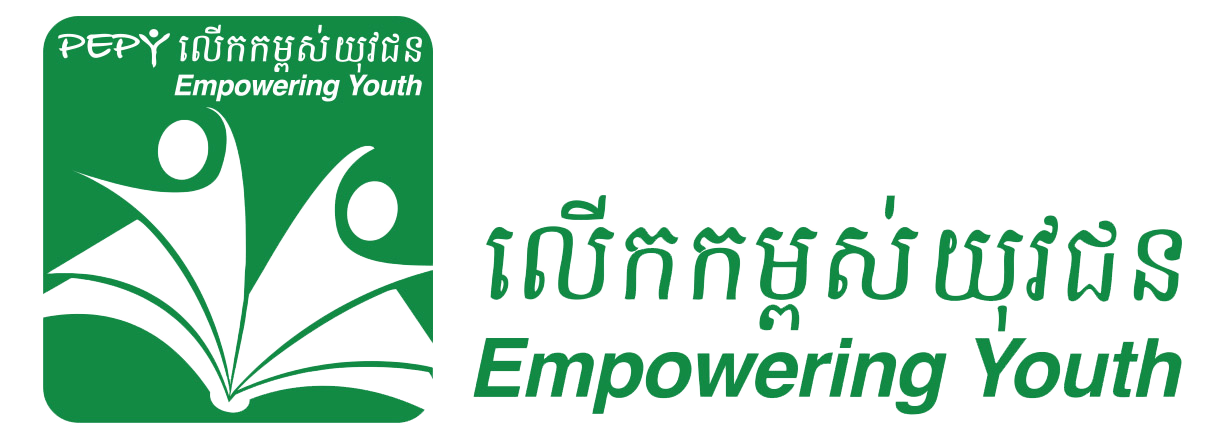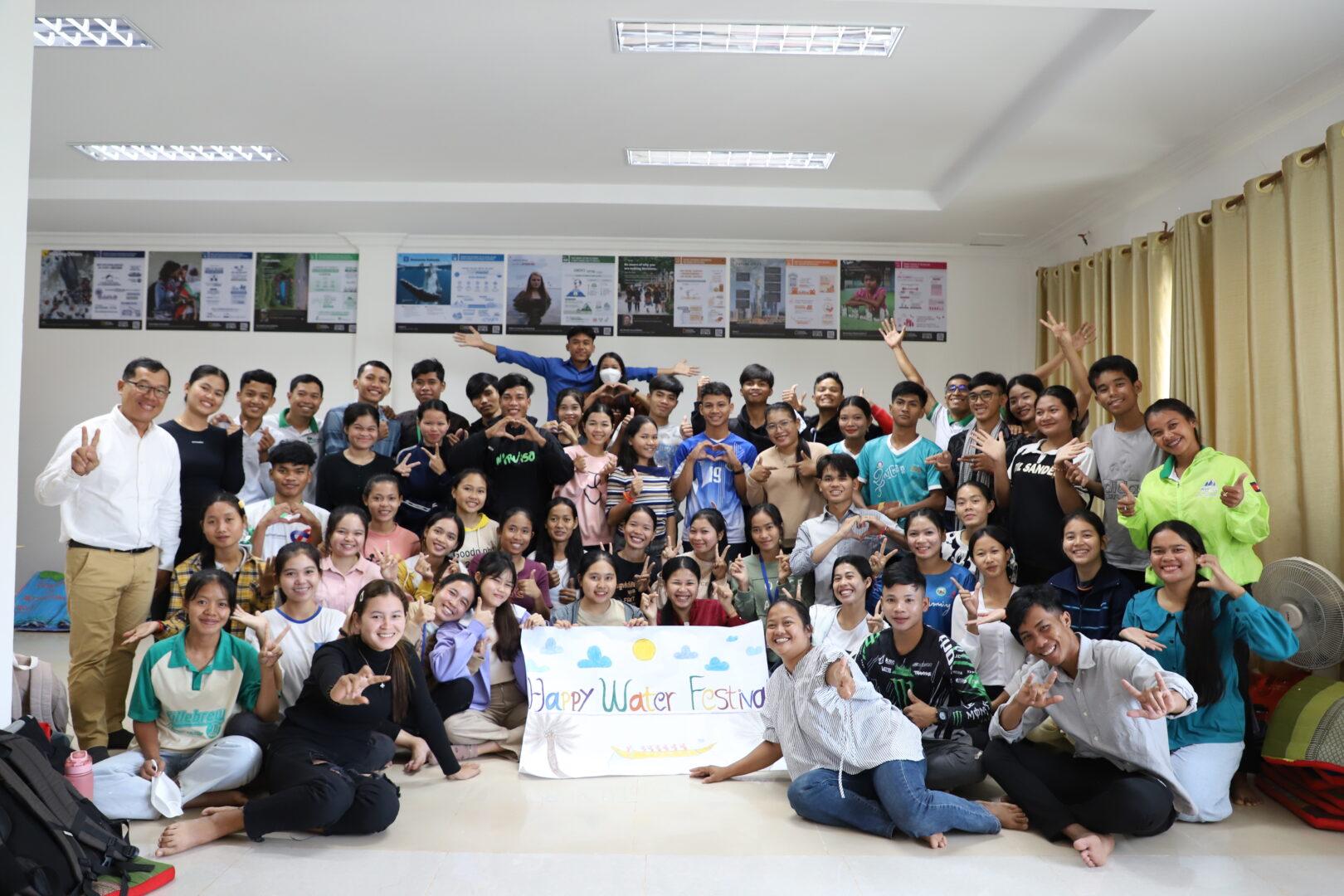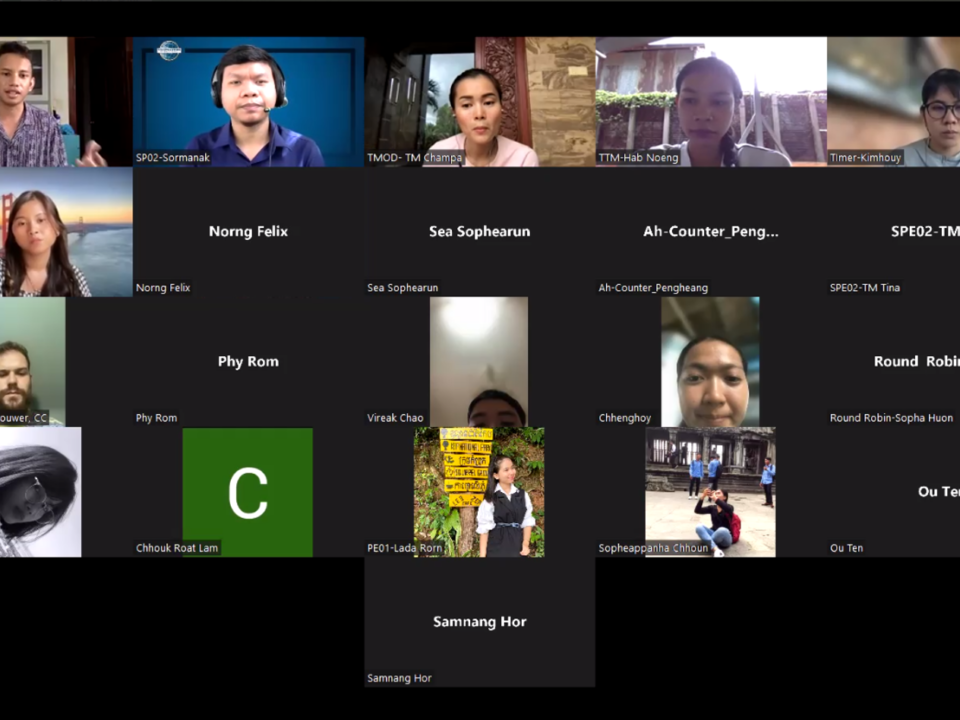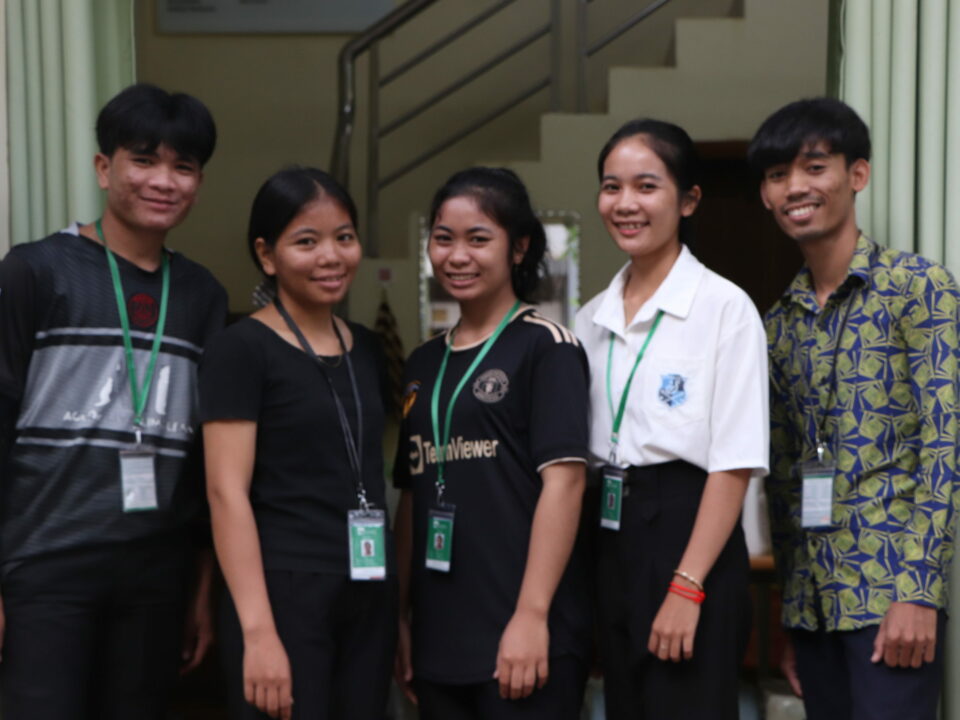Where PEPY Gets Its Mojo
February 29, 2008PEPY Blurb Books
March 18, 2008Pig Raising
In recent years, RDI began several animal husbandry projects. Due to concerns about waste contamination and parasites that harm animal caretakers, RDI was hesitant to promote raising pigs in Cambodia. Yet after experimenting with various feasible and safe methods, they found they could raise pigs on beds of rice husks. The rice husks absorb the pig waste, eliminate odor, and trap nitrate compounds. After about a year, the rice husks can be applied as fertilizer. This method not only prevents the waste from contaminating the environment and drinking water sources, but the simple process turns rice husks, a waste product, into a resource. Even more importantly, the pigs provide a valuable source of food and income for rural Cambodians.
Latrines
According to Sampson, more 90% of rural Cambodians practice open-defecation, which he believes to be a major contributor to disease. To confront this issue, RDI designed a simple latrine system which Sampson affectionately calls the “$10 toilet.” The latrine consists of two side-by-side 4-foot-deep pits. One of the pits is covered by a moveable concrete slab with a hole in the middle while the other is capped. Ideally, a family of 6 uses the latrine for about 18 months, adding a bit of ash after each use to reduce odor and assist decomposition. When the first pit is full, the slab can be moved to the other side (capping the first). After an additional 18 months the waste from the first pit breaks down and all pathogens are killed. The waste, now converted to soil, can then be scooped out of the shallow pit and applied as fertilizer in the garden. For about $10, a family can improve hygiene and have an endless supply of fertilizer.
Soap making
Currently all soap available in Cambodian markets is imported. Realizing an economic and empowerment opportunity, RDI trained local women to make soap from coconut oil, palm oil, and other natural local products. The soap sells for about 13 cents a bar, making it much more affordable than imported soaps. Because of the coconut oil content, the soap is very good for the hair and skin and also helps control scabies and lice, which pose major problems for Cambodian children. Sampson says of the project, “One of our themes is helping people help themselves. That’s what it’s about — empowering Cambodians to make change.”
Community Education
The RDI team realizes however, that many of its efforts would be in vain without parallel education initiatives. From experience, Sampson knows that if people fail to understand how dirty water and poor sanitation affect health, they are unlikely to utilize new methods that improve those conditions. Thus, RDI developed several educational programs that teach Cambodians about water, germs, nutrition, dental hygiene, and other health issues.
Recognizing the opportunity to educate children and adults in rural communities, RDI produced a series of videos that teach lessons about health, hygiene, the environment, the Khmer language and morals. The videos, similar in style to Sesame Street, combine puppets, animation, and humans to make the lessons fun and engaging. A RDI trained team of Cambodian translators, composers, and computer and video editing specialists produce the Khmer language videos in RDI’s one-room studio.
RDI currently shows the 27-minute episodes to school children and villagers in the communities where they work. Impressed by the series, PEPY has also incorporated the videos into its own educational programs at the PEPY Ride School in the community of Chanleas Dai. Episodes are shown once a month to the 4th, 5th, and 6th grade classes as part of the requirements for the Bike-to-School program. Additionally, PEPY offers a public viewing for the community in hope that villagers will begin to adopt the ideas presented in the videos. In an effort to reach a much broader audience, this year PEPY hopes to assist RDI by getting the series aired on a Cambodian public television network. PEPY has agreed to sponsor the first episode and seek out the advertising necessary to air the videos. If RDI and PEPY are successful, the income generated could fund the production of a second series.
Higher Education
Extending their educational efforts to the university level, RDI operates a laboratory where they currently train young Cambodian scientists to study water quality, greenhouse gases, wastewater, and other environmental issues. Cambodia presently lacks quality graduate study programs, but RDI hopes to produce 40 graduate students over the next 10 years. Currently, five students from RDI’s lab are enrolled in graduate programs in the US. This is significant, considering that there are few, if any, Cambodians in the country that hold doctoral degrees in the hard sciences. Recently RDI has partnered with international universities in order to expose graduate students from the US and Europe to the developing world. Not only do these partnerships allow international universities to open their doors to Cambodian students, but the partnerships also allow international students to apply their scientific and engineering skills to problems in the developing world. On my most recent visit to RDI, Sampson echoed something one of my own university professors once said, “If you ever stop learning and trying…you’re done.” While RDI’s primary focus continues to be improving access to clean water, it is precisely because RDI has taken such a comprehensive approach that its projects are succeeding. Listening to Sampson, in fact, almost makes development sound easy, and yet he is quick to point out the little things are what truly bring about change. Says Sampson, “It may be insignificant, but it’s that whole process of each day reminding myself, and disciplining myself towards change…because every little thing is moving us in the right direction.”
For more information about Resource Development International, please visit www.rdic.org



